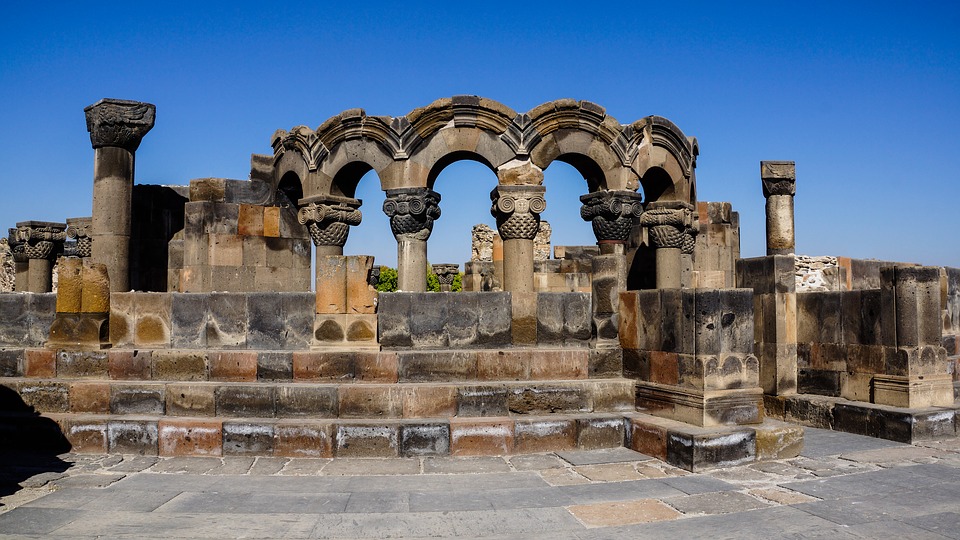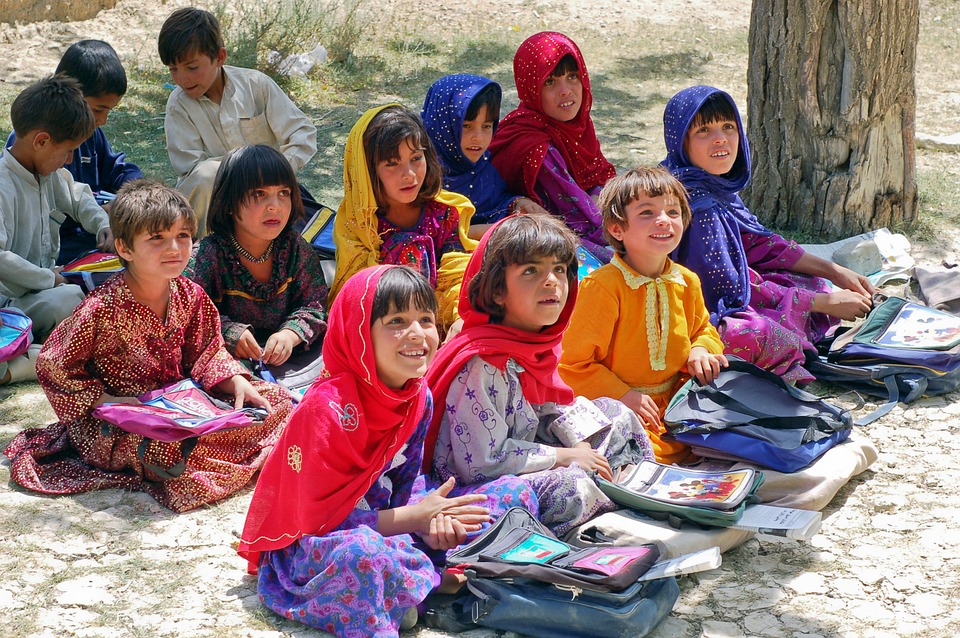Sardinia Part Two: A Day in the Life of an Archaeological Conservation Intern

In the last post about the Archaeological Conservation trip to Sardinia, the Mont’e Prama Project was explained. You were introduced to what conservation is exactly, and the people involved. That post was only a snapshot into all that the Grove City students did while there. This post will give you a little bit more detail. Our Little Town of Cabras […]
Read more

